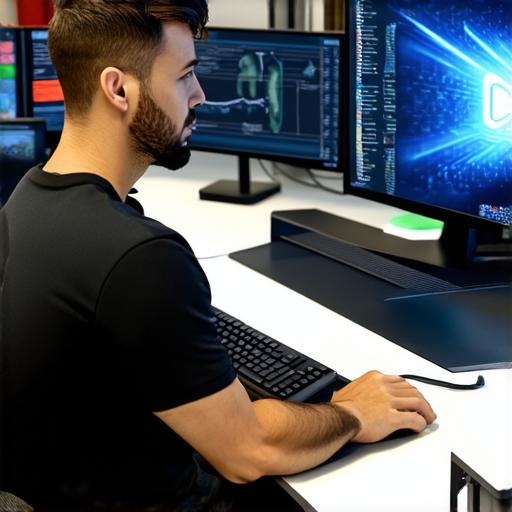As an Android Studio developer, you know that creating and testing your apps on real devices can be time-consuming and expensive. That’s why it’s important to set up an Android Virtual Device (AVD) in Android Studio.
What is an Android Virtual Device?
An Android Virtual Device is a software emulation of a physical Android device that you can use to test your apps on Android Studio. It allows you to run multiple versions of the Android operating system on a single computer, which saves you time and money compared to testing your app on multiple real devices.
How to Set up an AVD in Android Studio
- Open Android Studio and select “Start a new Android Studio project.”
- In the next screen, choose your application type (e.g., app, library, or service) and fill out the required fields.
- Once you have created a new project, select “Run” from the menu bar at the top of the screen.
- In the Run dialog box, click on “Edit Configurations.”
- Click on the “+” button to create a new configuration.
- In the “Name” field, enter a name for your AVD (e.g., Nexus 7).
- Under the “Target Device” dropdown menu, select the device you want to emulate (e.g., Nexus 7).
- Select the Android version you want to use (e.g., API 21).
- Click on the “Create” button.
- You will now see a list of your available AVDs. Click on the “Start” button next to the AVD you just created.

How to Use an Android Virtual Device Effectively
Once you have set up an AVD in Android Studio, here are some tips for using it effectively:
- Customize your AVD: You can customize your AVD to match the specific device you want to emulate. This includes setting the resolution, density, and other device-specific settings.
- Test on multiple devices: With an AVD, you can test your app on multiple devices without having to purchase new hardware every time. This allows you to ensure that your app works well on a variety of devices and screen sizes.
- Use the device profiler: Android Studio’s device profiler tool allows you to monitor the performance of your app on your AVD. You can use this tool to identify and fix performance issues before they become a problem on real devices.
- Debugging: Android Studio’s debugger allows you to step through your code and debug any issues that arise during testing. This can save you time and frustration when trying to identify and fix bugs in your app.
- Keep your AVD up to date: It’s important to keep your AVD up to date with the latest version of Android. This ensures that you are testing your app on a device that closely resembles the real thing, giving you more accurate results.
